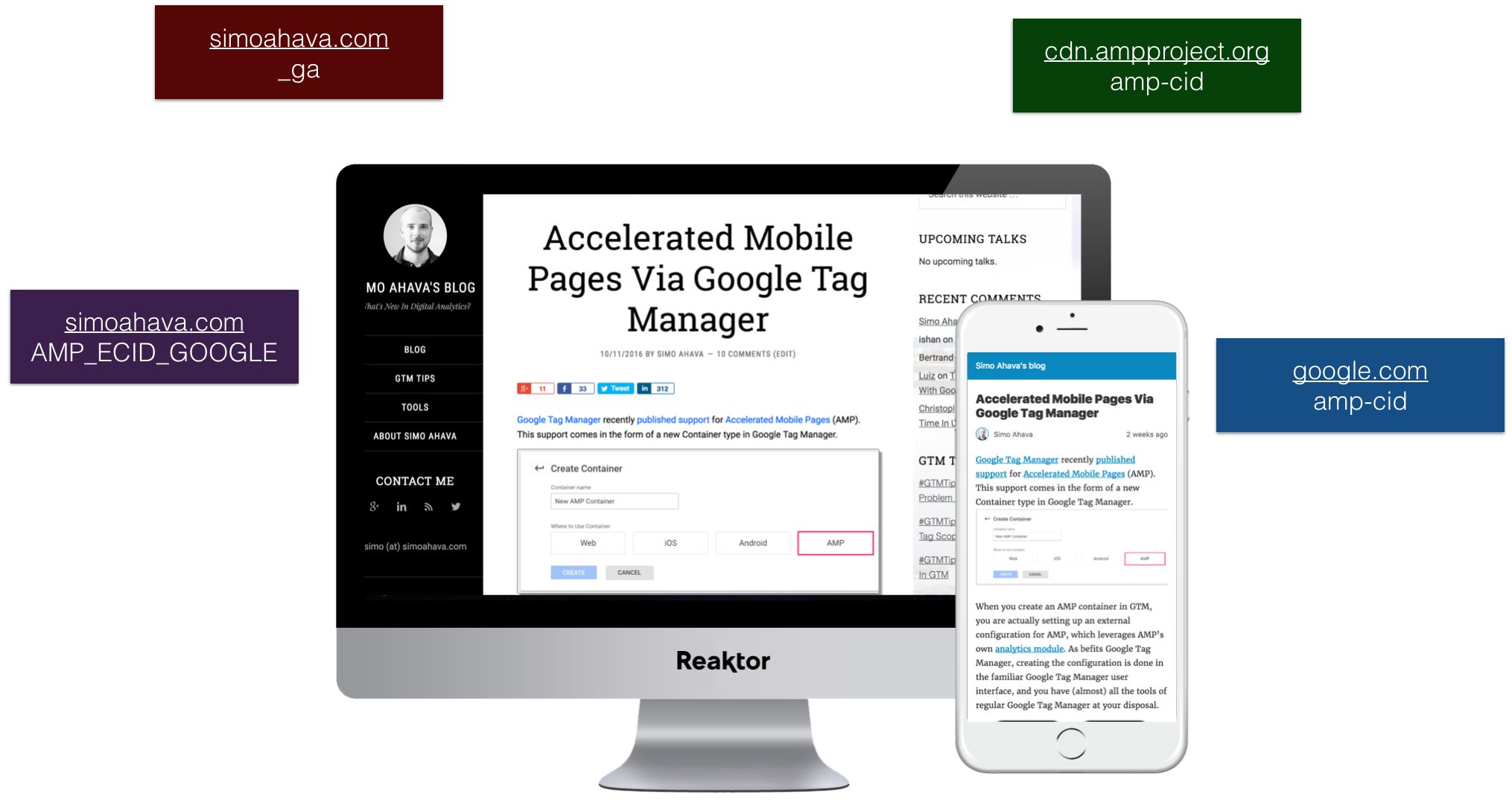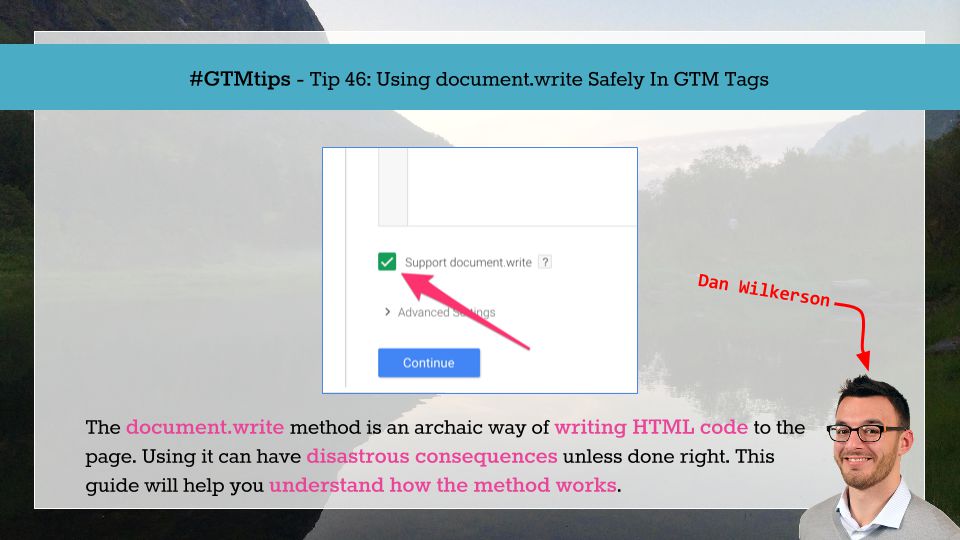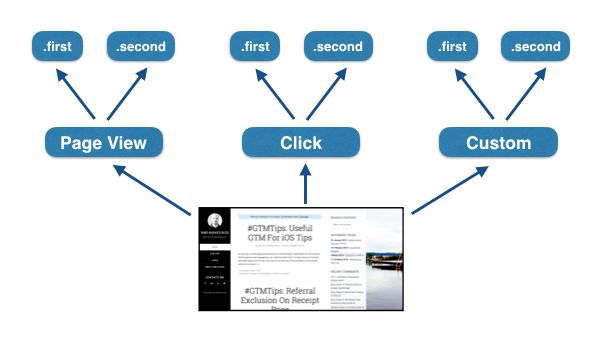This is a guest post by Sebastian Pospischil, Evangelist Digital Analytics at TRKKN. All credit for the solution goes to him. The Summary section is the only one authored by Simo Ahava.
You know the deal.
Each and every day, clients reach out to you asking for custom click tracking for this call-to-action on that slider, or that button in this section of a page. They reach out to you because such things cannot be answered out of the box in Google Analytics 4.







